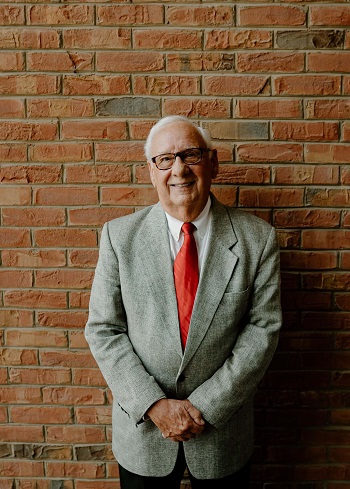Veterans Day Honors All U.S. Veterans for Their Service
Veterans Day is a day set aside to honor and celebrate the bravery and sacrifice of all those who have served in the United States military services. Observed annually on November 11th, this holiday has a rich history that dates back to the end of World War I.
Originally known as “Armistice Day,” Veterans Day was first observed on November 11th, 1919, to commemorate the end of World War I. On that day, major hostilities of World War I formally ended at the 11th hour of the 11th day of the 11th month of 1918. In 1926, Congress passed a resolution for an annual observance of the holiday, and in 1938, Veterans Day became a national holiday.
Unlike Memorial Day, which is dedicated to honoring those who have died while serving in the military, Veterans Day is a day to honor all veterans, both living and deceased, for their service and sacrifice to our country. It is a day to recognize the bravery and sacrifice of those who have served in any military branch during conflict or peacetime.
In 1954, President Dwight David Eisenhower officially changed the holiday's name from Armistice Day to Veterans Day to honor all veterans who had served our nation. In 1968, Congress moved the celebration of Veterans Day to the fourth Monday in October. However, in 1975, President Ford returned Veterans Day to November 11th to honor the date's historical significance.
Today, there are approximately 23 million military veterans in the United States, with about 9 million over 65. On Veterans Day, we must thank and honor veterans for their service to our nation. You can do this by attending a Veterans Day parade, visiting a local VA hospital or retirement home, or simply thanking a veteran for their service.
By showing gratitude to our veterans, we honor their sacrifice and bravery and acknowledge their vital role in safeguarding our freedom and protecting our country. Let us take this opportunity to thank our veterans and express our gratitude for their service to our nation.

